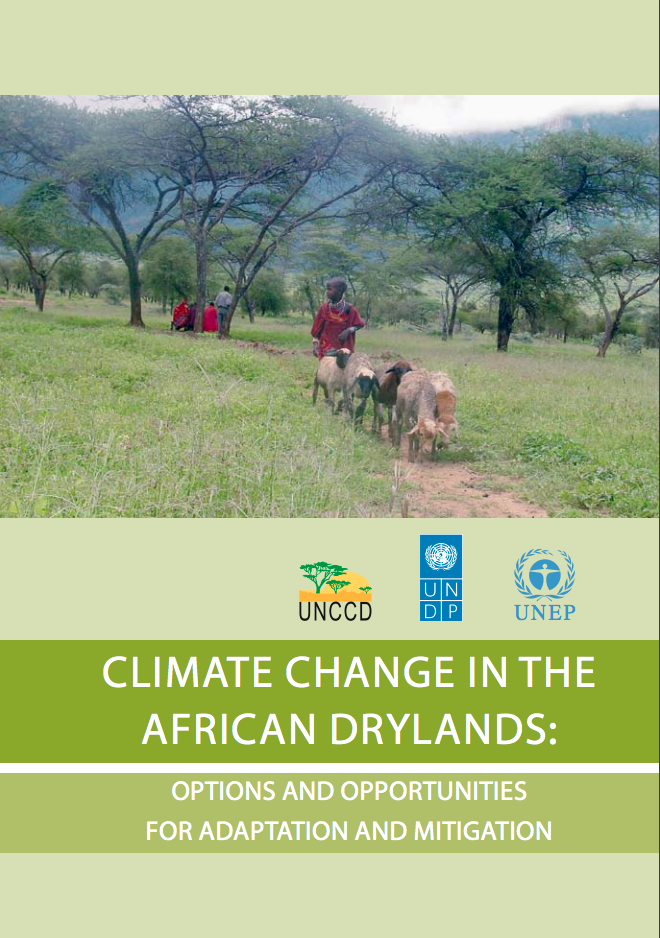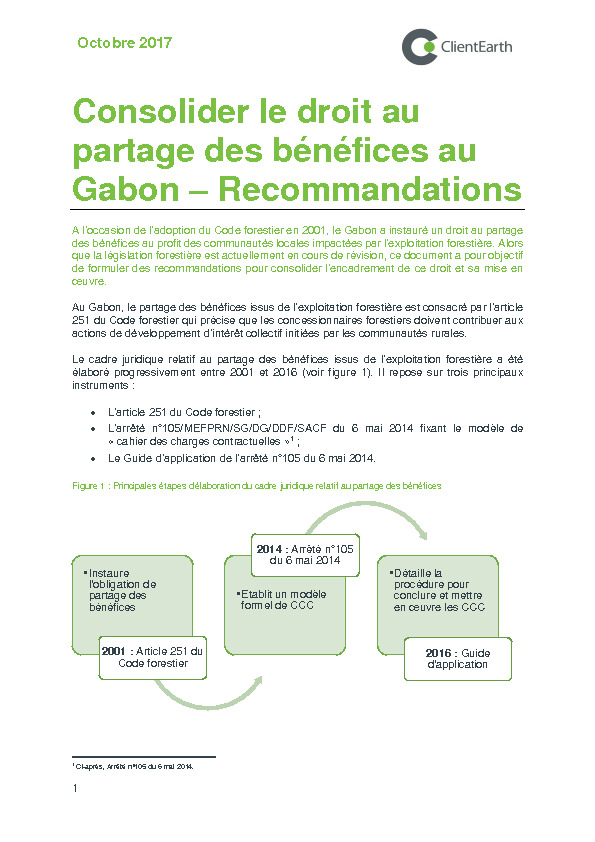Climate change in the African drylands: Options and opportunities for adaptation and mitigation
The drylands of Africa, exclusive of hyper-arid zones, occupy about 43 per cent of the continent, and are home to a rapidly growing population that currently stands at about 325 million people. Dry zones, inclusive of hyper-arid lands, cover over 70 per cent of the continent’s terrestrial surface. Outside of the cities many dryland inhabitants are either pastoralists, sedentary or nomadic, or agro-pastoralists, combining livestock-rearing and crop production where conditions allow.





